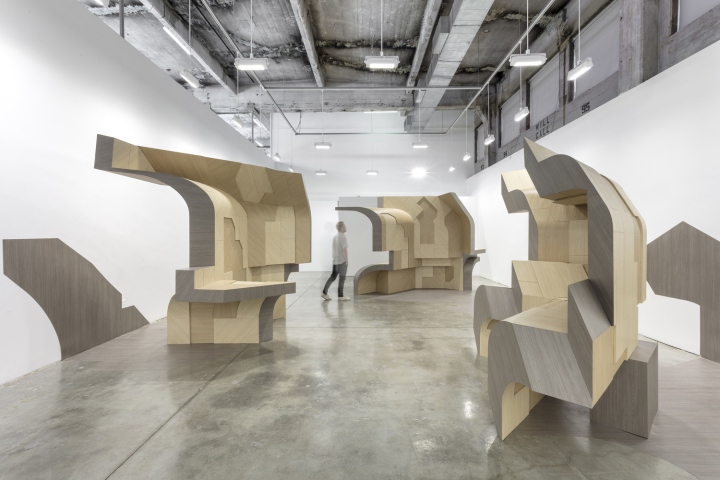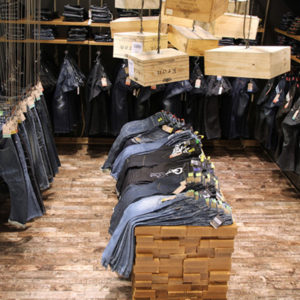


Thick is a research project that explores material thickness as a site of an architectural investigation. Alluded to in section, camouflaged in the figure-ground, and presented as a foil in the developed surface drawing, material thickness is an understudied architectural condition. Thickness evades the elevation and hides out in the edges of projective drawing. As such, it is often considered a mere inconvenience of the real within systems of representation, and has served as an elusive site for many acts of design. The project explores the peripheral role of material thickness within historic and contemporary processes of tooling and production.

The condition of thickness — the necessity of thickness — carries no central import in any era of architectural thinking, but still manages to circulate through different eras of architectural thinking. Its condition is linked to (but is not central to) the history of stereotomy and stone construction; in the emergence of new forms of architectural drawing (see Robyn Evans’ “The Developed Surface”); and in the classic problem of the Doric order. Even in the Modernist obfuscation of solid form, it remains an unavoidable consideration in the Miesian corner and Kiesler’s endless surfaces. It is the consequence of architecture’s lack of medium-specificity, in its constant migration between the drawing, the picture plane, the screen, the tool path, the material, and the assembly.

Thickness is a constructive problem as much as it is a representational one. In our present day standards of construction, thickness has become synonymous with material offset due to the predominance of sheet material, as opposite to stereotomy, in which thickness is derived from subtraction and removal of mass. As such, thickness becomes a tectonic default rather than a techne to be designed. In today’s digital environments, thickness has become mere afterthought. The digital model is infinitely thin. Its default property is a single line or algorithmic curve, and its “thickness” must be added. It appears as an offset, an extrusion, or an enclosed surface. Here we begin to confront the limits of representation with its correspondent properties of material reality.

The project culminates with a two-month exhibition in the SCI-Arc gallery space, featuring new work by Spinagu. The work is spatial (operating within / between / upon the literal walls of the gallery) as well as representational. Coupled with a public discussion, the exhibition expands on the problems of material thickness through the topic of sections, ruins, fragments, constructions, figurations, simultaneity, and representation.
Architects: Spinagu
Lead Architects: Maxi Spina, Jia Gu
Photographs: Joshua White Photography






https://www.archdaily.com/889591/thick-spinagu



















